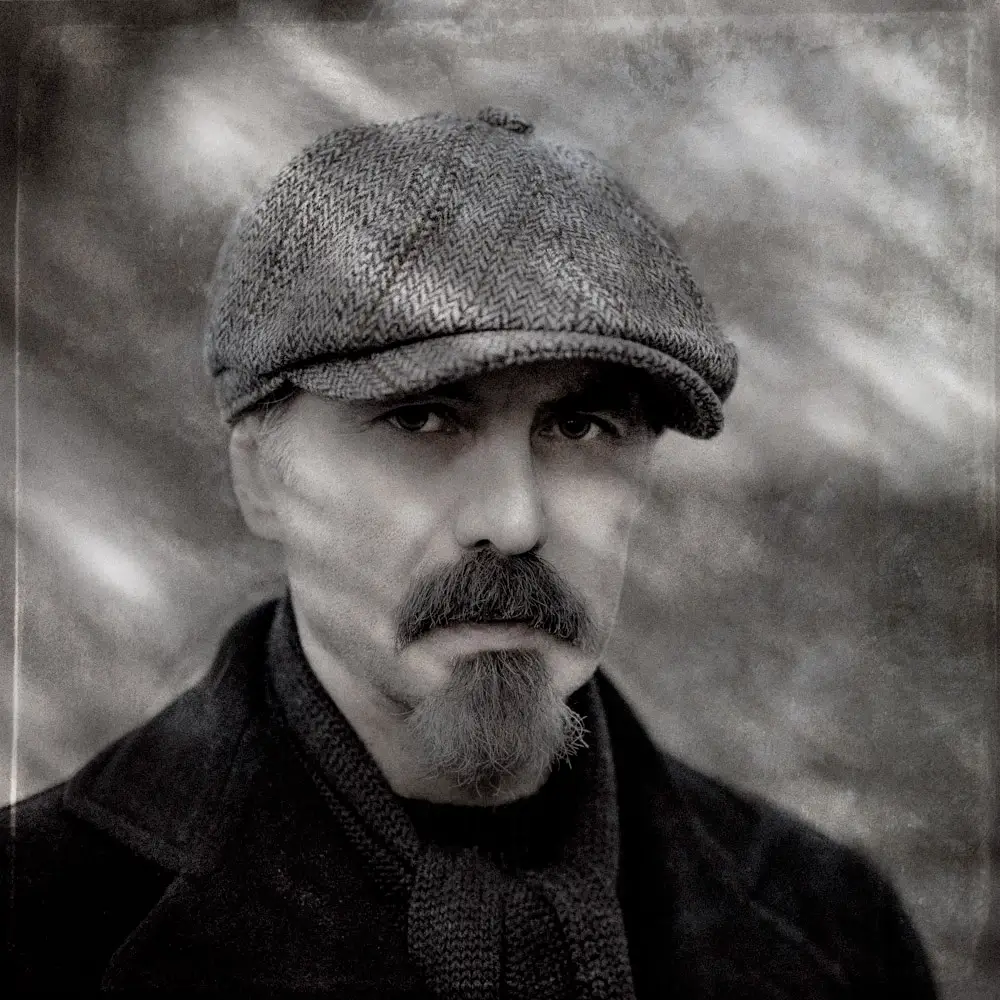I have always been passionate about art in all its forms, painting, sculpture, photography, architecture, music. I trained as a professional photographer right from the start, over the years I have reinvented myself several times, touching various fields of photography, but those that have always interested me most are FINE ART, architecture, the human figure and portrait.
I have participated in some exhibitions, including Photokina 2004 in Cologne and Festival della Creatività 2007 in Florence, I have won national and international photographic competitions such as the "Polaroid International Award 2004" obtaining first place in the "Fine art" section for Europe-Africa and second place overall.
Among my most important clients of yesterday and today: Bulgari gioielli, Emilio Pucci, Computer Discount, U.S. POLO ASSN, Hugo Boss Bimbo, Pam Panorama, Le Run MTB, La Nouvelle Bague gioielli, New York University, Mondadori editore, APT Pisa, Toscana Promozione, Giunti editore, Roller team camper, Teatro Verdi Firenze, Teatro della Pergola Firenze, Museo Horne Firenze, Sandro Chia scultore, Remo Salvadori scultore, Bonechi editore.
